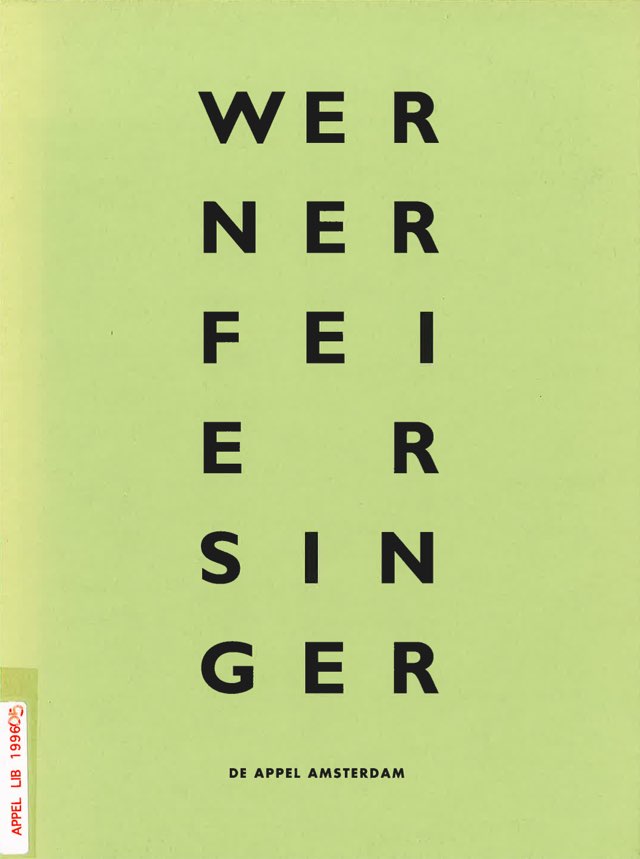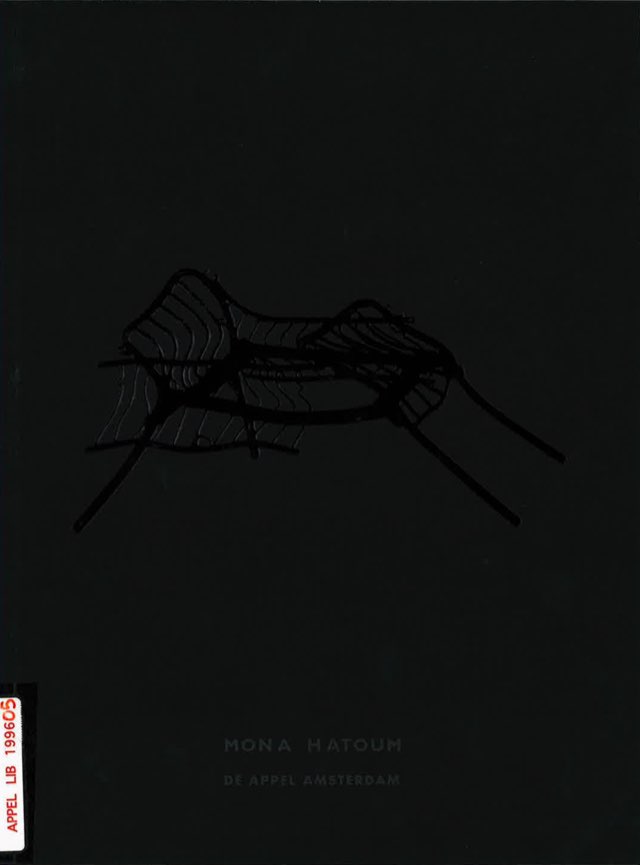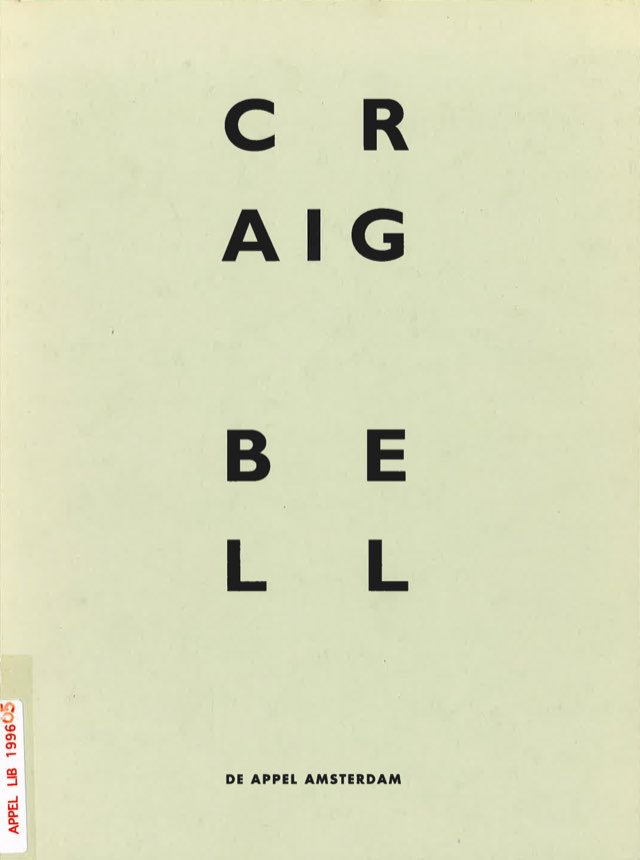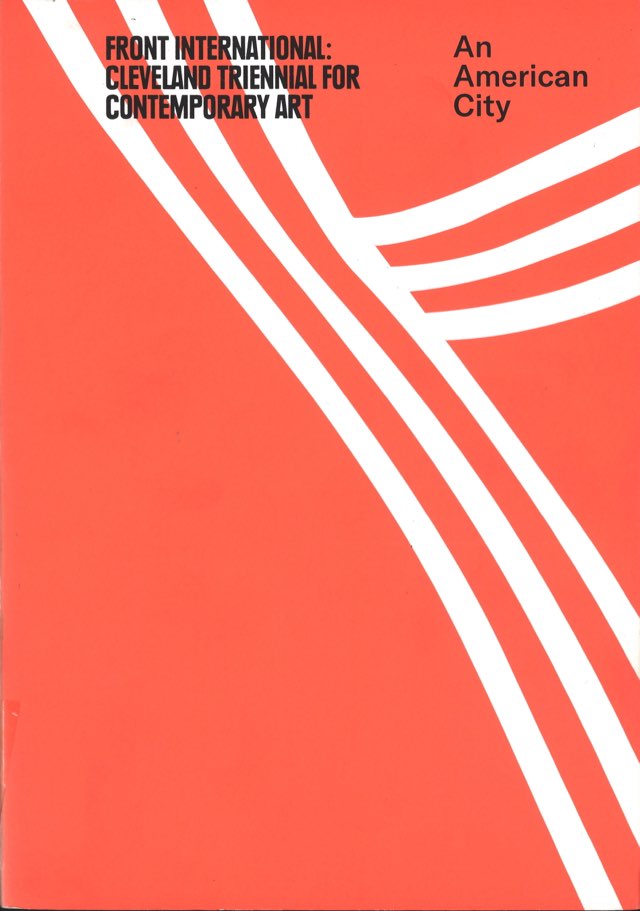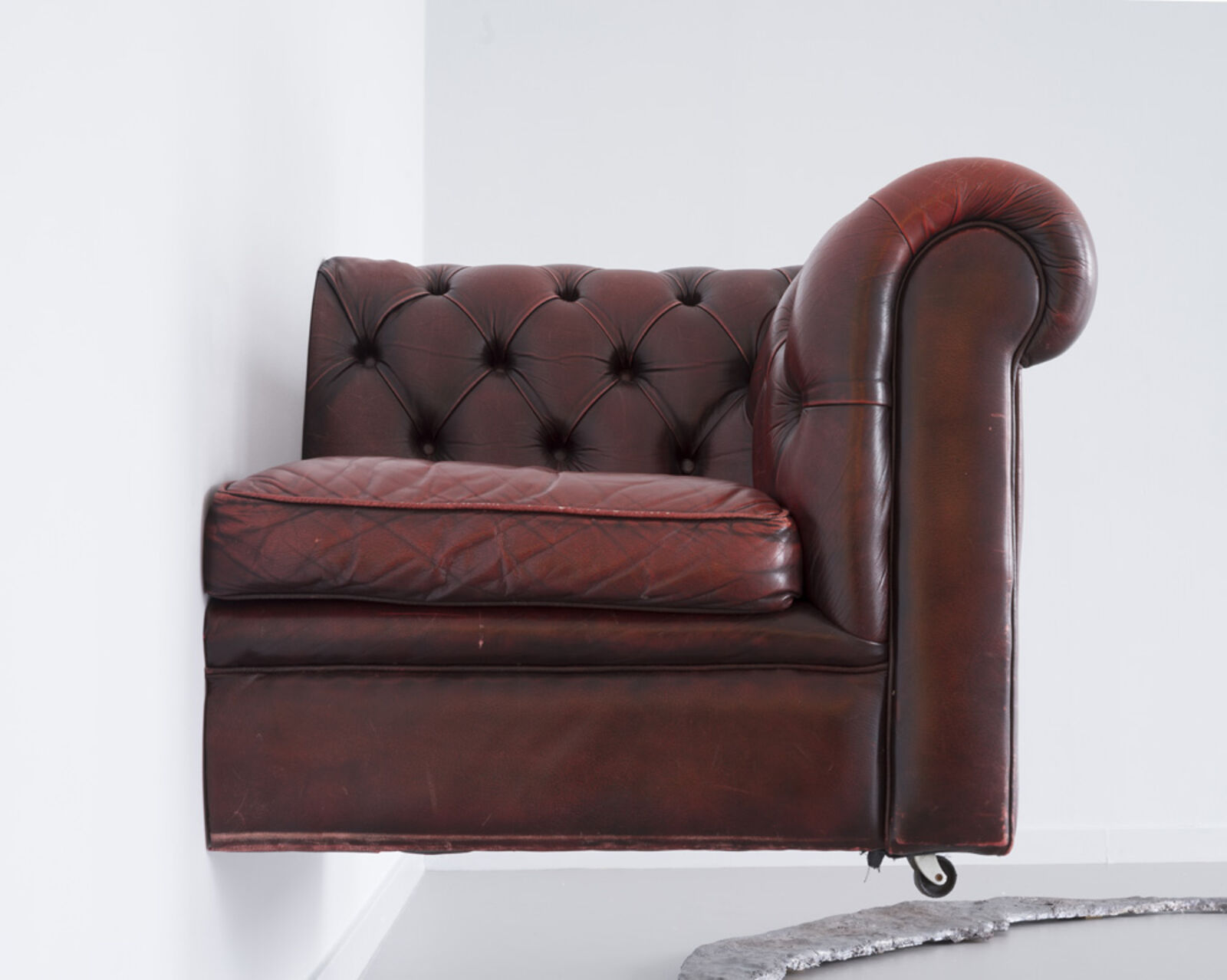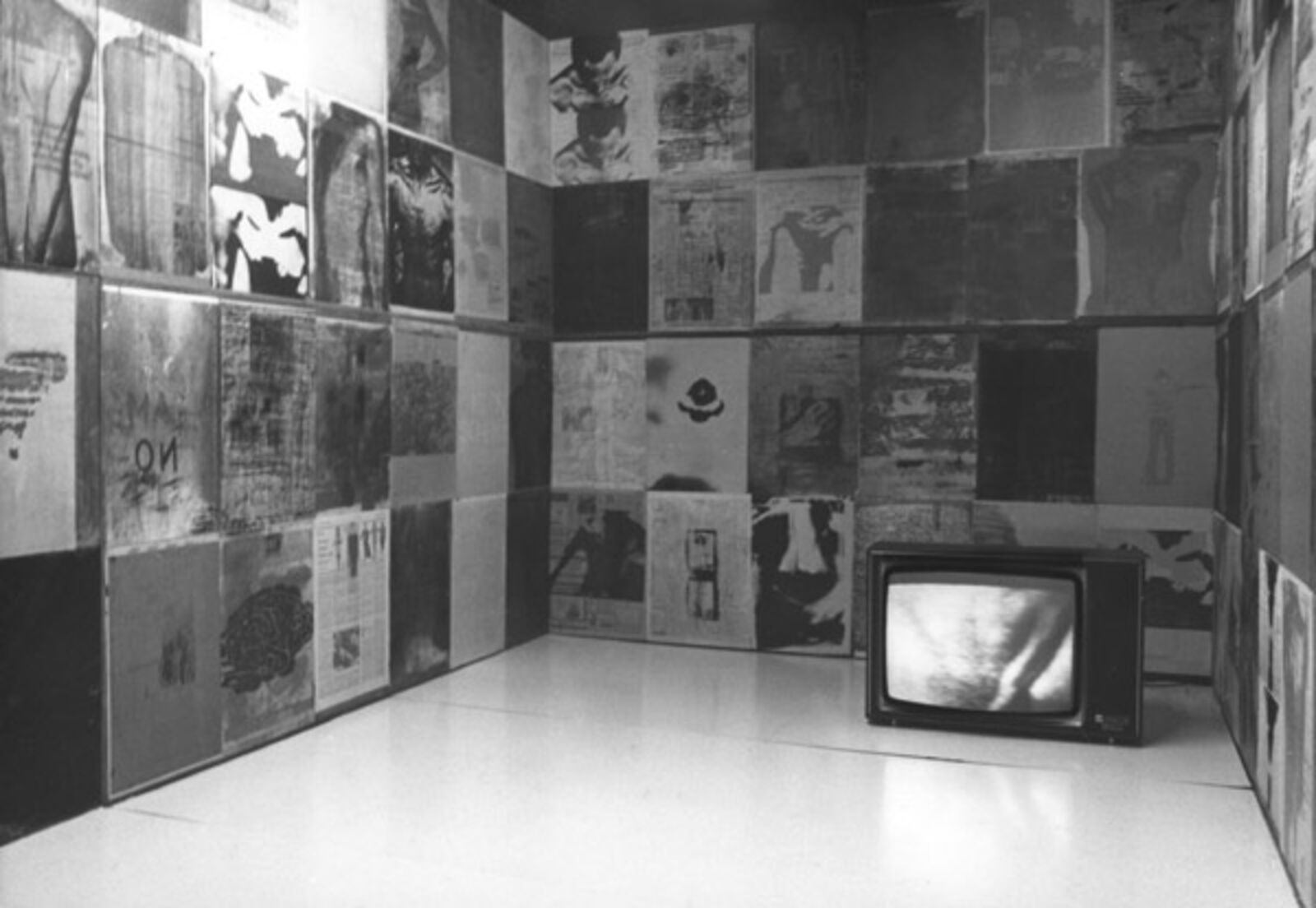Mona Hatoum, Craig Bell, Werner Feiersinger & Keiko Sato
01.11.1996–05.01.1997
de Appel, Nieuwe Spiegelstraat 10, Amsterdam
de Appel, Nieuwe Spiegelstraat 10, Amsterdam

Mona Hatoum, Quarters, 1996
© Ernst Moritz, Den Haag / The Hague
© Ernst Moritz, Den Haag / The Hague
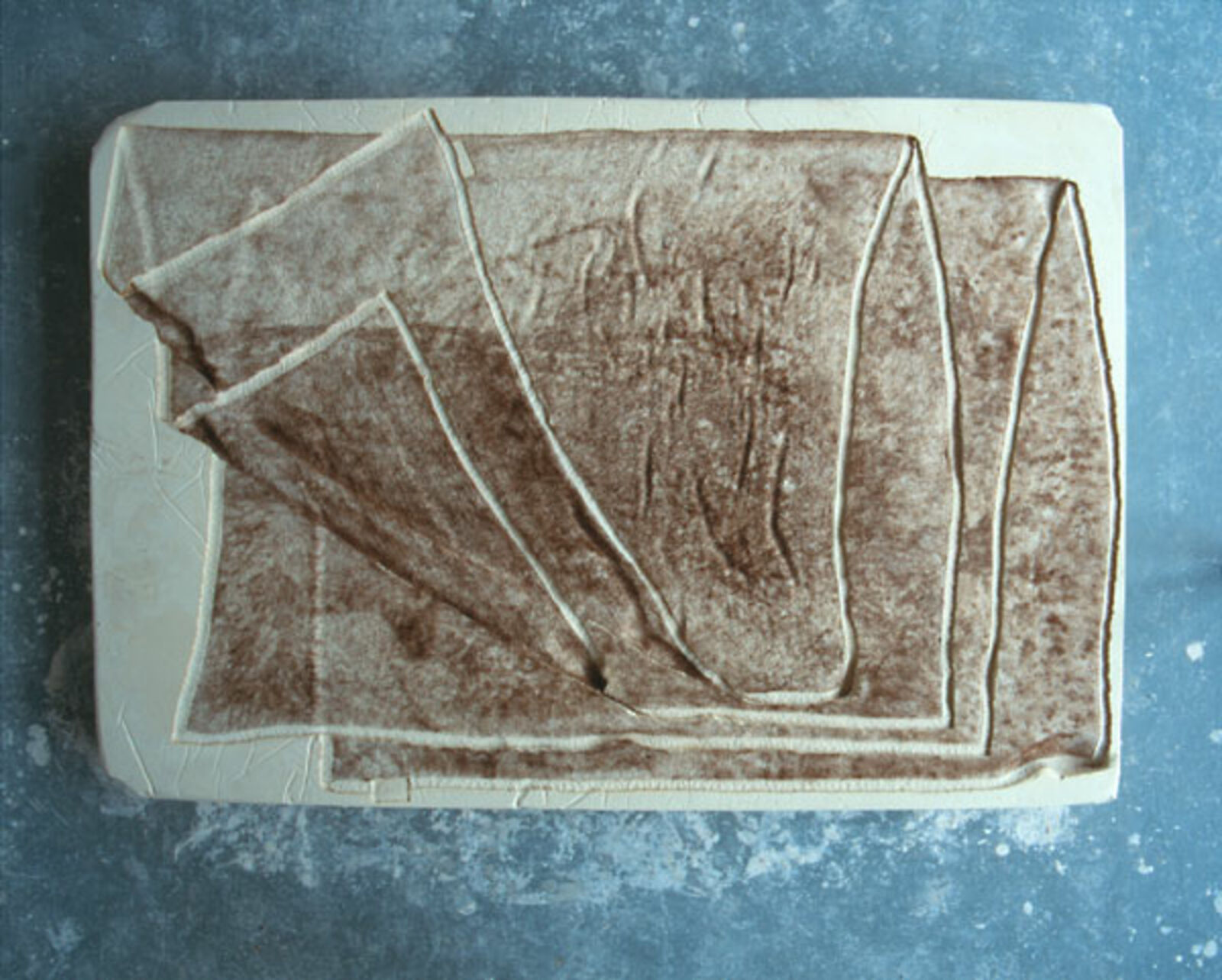
Craig Bell, Sheath, 1994
© Ernst Moritz, Den Haag / The Hague
© Ernst Moritz, Den Haag / The Hague
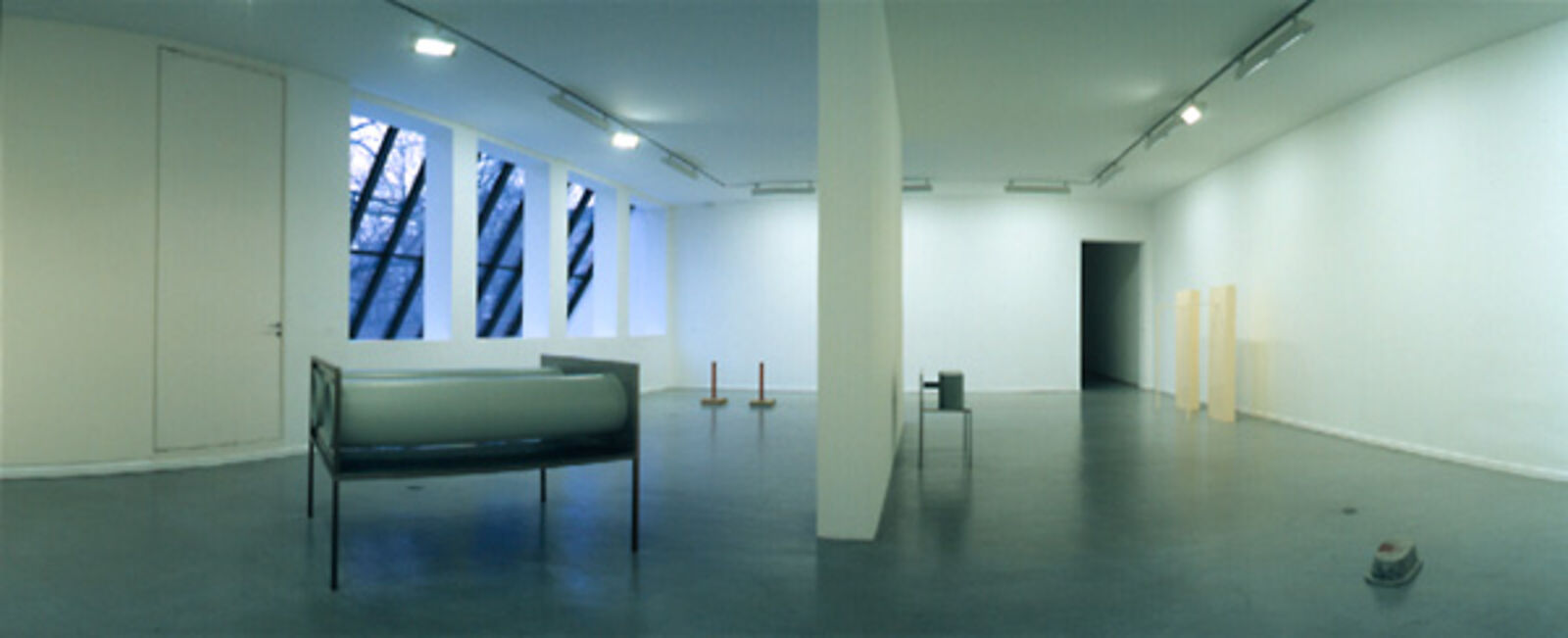
Werner Feiersinger, f.l.t.r.: Bedsculpture, 1993-'96, Untitled, 1992, Seat with two ovens, 1993, Zwei alte Männer, 1994, Untitled, 1992
© Ernst Moritz, Den Haag / The Hague
© Ernst Moritz, Den Haag / The Hague

Keiko Sato, Untitled, 1996
© Ernst Moritz, Den Haag / The Hague
© Ernst Moritz, Den Haag / The Hague
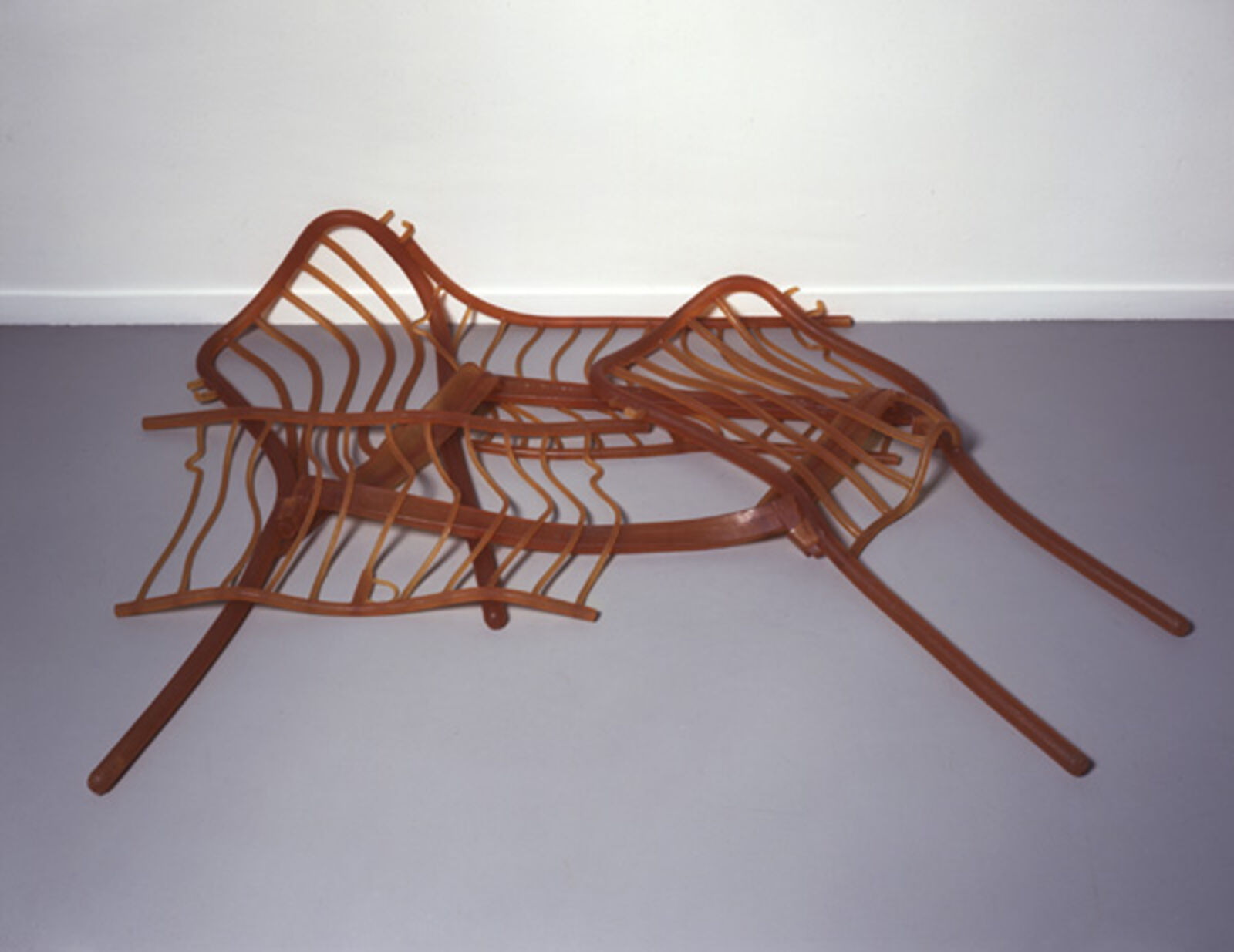
Mona Hatoum, Marrow, 1996
© Ernst Moritz, Den Haag / The Hague
© Ernst Moritz, Den Haag / The Hague
Mona Hatoum was born in Beirut (Lebanon) in 1952 and moved to London in 1975, where she studied at the Byam Shaw and the Slade art academies. She entered the public eye with politically-slanted performances, public billboards set up in public areas and video presentations. At the end of the 80s she began making installations. Her performances, photo works and video presentations as well as her later installations are executed with enormous precision and a great sensitivity for the significance of the materials. Hatoum's work is an encounter between architecture and the human body in which the alienation or recognition of shapes, contours, light and shadow play a role. The transparency of the installations, the effect of which is often to limit or cut off, evokes longings for 'the other side', for 'the other'. The palpable threat, an invisible power that radiates from her installations, has metaphoric implications. The work of Mona Hatoum - a Palestinian living in London - can also be described as an examination of 'Western discomfort' with islamic, African and Asiatic cultures. For her first solo exhibition in the Netherlands Hatoum wished to limit herself to one floor of the Nieuwe Spiegelstraat premises. On the second floor she introduced a personal selection of three young artists with whom she had become acquainted while teaching at the Jan van Eyck Academy: Craig Bell, Werner Feiersinger and Keiko Sato.
Craig Bell's installations and sculptures are built up of objects that refer to daily life, to things that reflect human forms. In his sculptures he makes use of chairs, mirrors, toilets, tools, blankets: objects that adapt themselves to the body or that imitate it. 'Made in the image of what gay men are and know about themselves, Craig Bell's art offers a shared perspective on what is personally felt,' writes James Cary Parkes.
Detachment and proximity are the ideas competing for preference in the sculptures of Werner Feiersinger. In his tables, beds, ovens and other objects that are based on everyday reality, Feiersinger always uses measurements that call to mind human activity. But the cool distance inherent in the materials and geometric shapes suggest that what may be intended here are models for thought that refute physical associations. The critic Jon Thompson writes, 'Up close, many of the works have a slightly clinical, even a technical feel to them; from further back they have an almost animistic sense of presence.'
The work of Keiko Sato is subtle and vulnerable: extremely delicate materials, carefully arranged on the floor, that are reminiscent of Japanese ceremonies. Although it does not appear to be her intention to disturb or destroy the work, Sato makes it impossible for the viewer to leave one of her rooms without damaging it. Two weeks before the opening in De Appel, Keiko Sato worked on her installation with transient materials.
Catalogues:
Mona Hatoum, Amsterdam 1997. Text: Din Pieters. Dutch & English. Bio- & bibliography included. 24 Pages. 9 f.c., 5 b.w., 18.5 x 24.5 cm. Softcover. Design Irma Boom. ISBN 90 73501 31 8. € 10,-
About doubt. The art of Craig Bell, Amsterdam 1997. Text: James Cary Parkes. Dutch & English. Bio- & bibliography included. 8 Pages: 2 f.c., 18.5 x 24.5 cm. Softcover. Design: Irma Boom. ISBN 90 73501 32 6. € 7,-
Werner Feiersinger. The distance that’s so close to me, Amsterdam 1997. Text: Gottfried Hundsbichler. Dutch & English. Bio- & bibliography included. 8 Pages. 2 f.c., 18.5 x 24.5 cm. Softcover. Design: Irma Boom. ISBN 90 73501 33 4. € 7,-
Keiko Sato, Amsterdam 1997. Text: Vitus Weh. Dutch & English. 8 Pages: 1 f.c., 1 b.w., 18.5 x 24.5 cm. Softcover. Design Irma Boom. ISBN 90 73501 34 2. € 7,-
As a set of 4, the catalogues cost € 25,-
See also
